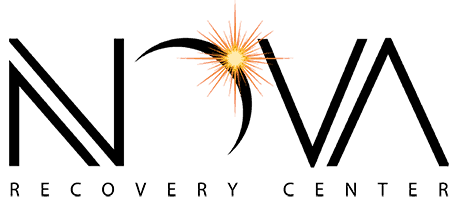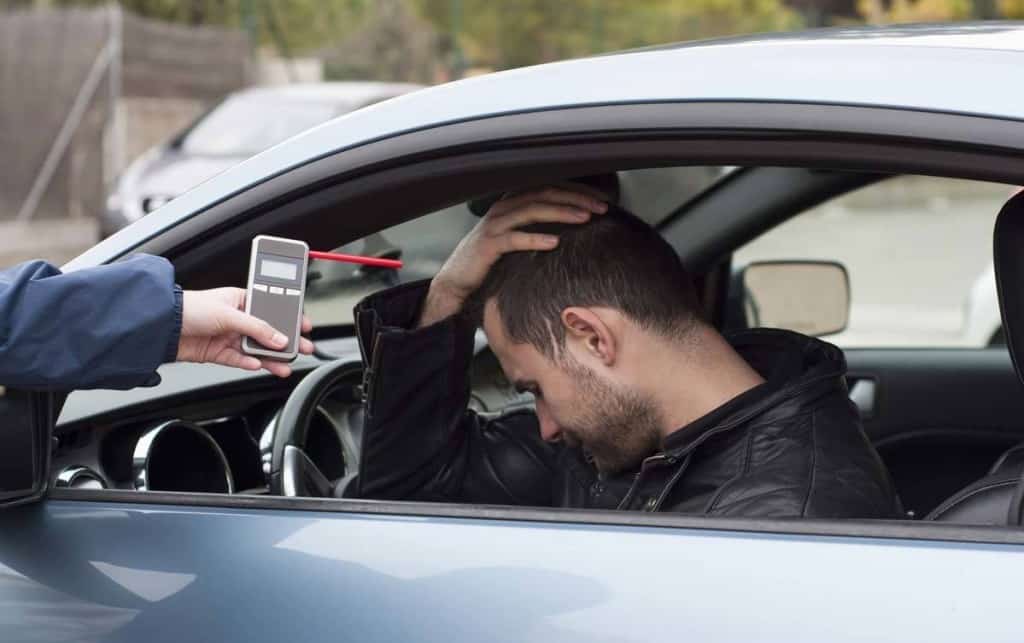Last Updated on September 30, 2025
Drugged driving is defined by driving under the influence of illegal drugs or misusing prescription drugs while driving. Despite the prevalence of drugged driving in America, statistics clearly show the dangers of this behavior.
Table of contents
Drugged Driving Statistics
The following statistics may shed some light on the problems and consequences involved with drugged driving in the United States.
- In 2017, 21.4 million people ages 16 or over drove after drinking alcohol and 12.8 million drove after using illegal drugs.1
- In 2016, 43.6 percent of people killed in driving accidents tested positive for drugs: 50.5 percent were positive for two or more drugs and 40.7 percent were positive for alcohol.1
- According to the 2016 National Survey on Drug Use and Health (NSDUH), in 2016, 11.8 million people drove under the influence of illicit drugs in the past year.2 The survey also found that men were more likely than women to drive under the influence of illicit drugs and young adults ages 18 to 25 were more likely than older adults to do the same.
- A 2014 study also reported that of the students who had used marijuana in the past month, nearly one in three of them had driven after using marijuana and one in five rode with a driver who had been smoking it.3
- High school seniors who smoke marijuana are 65 percent more likely to get in a car crash than those who don’t smoke.3
Risks and Consequences of Drugged Driving
After alcohol, marijuana is the most common drug involved in drug-related car crashes.5 Marijuana abuse can be harmful on its own, but while driving, it poses additional risks, as it can inhibit a person’s perception of time and may even cause hallucinations.6
Prescription drugs are also a common factor in drugged driving car crashes. One study found that 46.5 percent of drivers who tested positive for drugs had been using a prescription drug.7 Some older adults may unintentionally drive under the influence of prescription drugs after taking the wrong amount or accidentally consuming the drug more or less often than was prescribed. These behaviors, although not always intentional, can also lead to intoxicated driving, injuries, or even death.
Depending on the drug(s) a person is using, the physical effects and their ability to safely operate a vehicle will vary. Potential risks of drugged driving often include:
- Slowed reaction time
- Decreased coordination
- Dizziness
- Drowsiness
- Impaired judgment of distance and time
- Decreased attention to the road
- Weaving in and out of lanes
All of these side effects of drugged driving are potentially deadly. As a result, if you are caught driving under the influence of drugs, you could face some very serious consequences, such as hefty fines and/or jail time.
There are many different prescription drugs that can be dangerous to take while operating a vehicle, especially if you are abusing them. Examples include:
- Anticonvulsant drugs like Neurontin (gabapentin) and Lyrica (pregabalin)
- Barbiturates like Pentobarbital (luminal)
- Benzodiazepines like , Ativan (lorazepam), Klonopin (clonazepam) and Doral (quazepam)
- Muscle relaxers like Amrix (cyclobenzaprine) and
- Opioids like Lorcet (hydrocodone), Demerol (meperidine) Methadose/Dolophine (methadone), Duramorph/Roxanol (morphine), and Percodan (oxycodone)
- Antidepressants like Cymbalta (duloxetine), Celexa, Prozac, , and Trazodone
Court-Ordered Rehab
Another potential consequence of drugged driving is court-ordered rehab. A person who has committed a drug or alcohol-related crime may be ordered to enroll in drug rehab instead of facing time in prison. Sometimes this happens if the court believes the person would benefit more from enrolling in a drug rehab program than going to jail.
Court-ordered drug rehab provides many individuals with a unique opportunity to overcome their addiction and substance use problems and turn their life around before facing more serious consequences. Depending on the situation, the court may require a convicted person to enroll in one or several different types of addiction treatment programs. These may include:
- Group or individual counseling
- An intensive outpatient program
- A long-term inpatient drug rehab program
If the person refuses to attend court-ordered rehab, the alternative is jail.
The National Council on Alcoholism and Drug Dependence reports that drugs and alcohol play a role in 80 percent of incarceration in the United States. Most inmates return to their alcohol and drug abuse after being released from prison and an estimated 60 to 80 percent of them will commit another drug-related crime.8
Although involuntary, court-ordered drug rehab may be just as effective as it would be if the person had voluntarily enrolled in a program at a rehab center. For many people, it just takes some time to begin thinking clearly, recognize the damage their substance use is causing, and begin making changes to improve their life.
Nova Recovery Center offers long-term inpatient and outpatient drug rehab programs for individuals who are fulfilling a court-ordered drug rehab sentence or who are voluntarily enrolling in rehab. If you would like to learn more about our rehab center and our drug and alcohol rehab programs, please call our admissions team today.
References:
- https://www.samhsa.gov/data/sites/default/files/NSDUH-DetTabs-2016/NSDUH-DetTabs-2016.pdf
- https://www.ncbi.nlm.nih.gov/pubmed/24820649
- https://crashstats.nhtsa.dot.gov/Api/Public/ViewPublication/811415
- https://www.drugabuse.gov/publications/drugfacts/drugged-driving
- https://www.drugabuse.gov/publications/research-reports/marijuana/what-are-marijuana-effects
- http://journals.sagepub.com/doi/abs/10.1177/003335491412900409?url_ver=Z39.88-2003&rfr_id=ori%3Arid%3Acrossref.org&rfr_dat=cr_pub%3Dpubmed&
- https://www.ncadd.org/about-addiction/alcohol-drugs-and-crime


